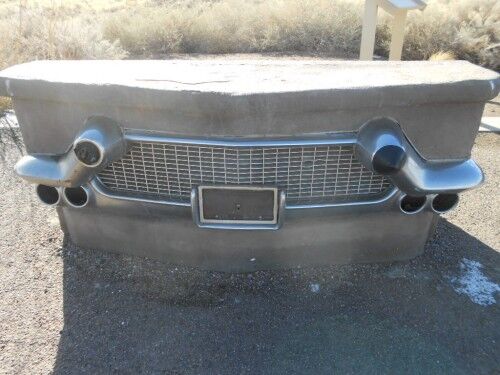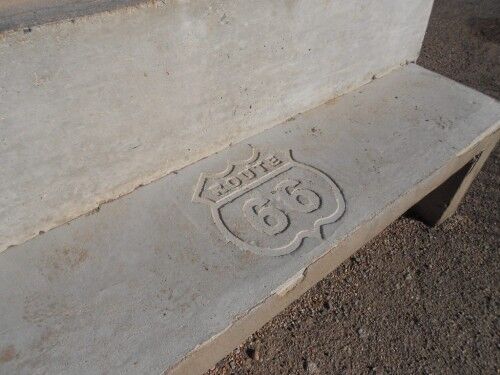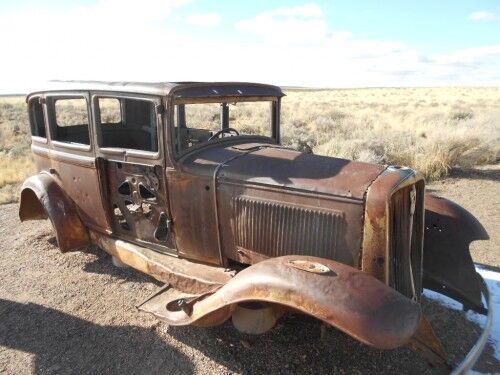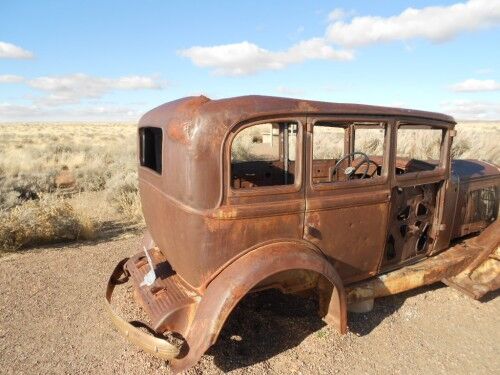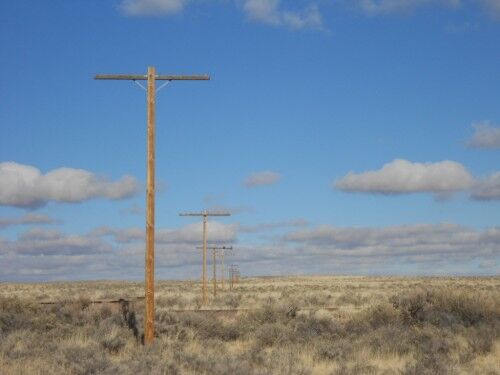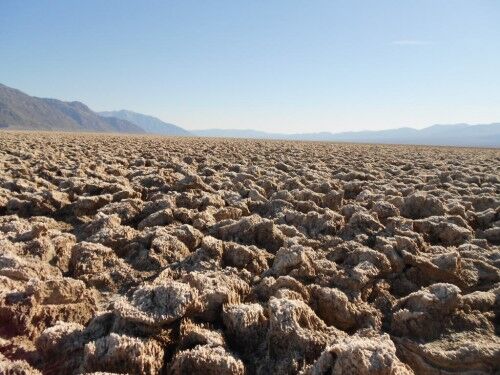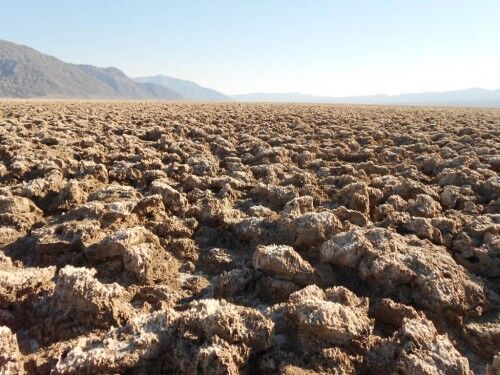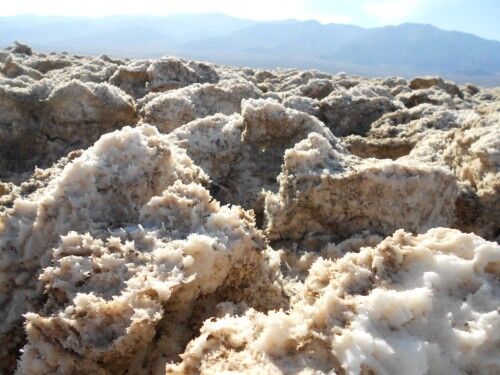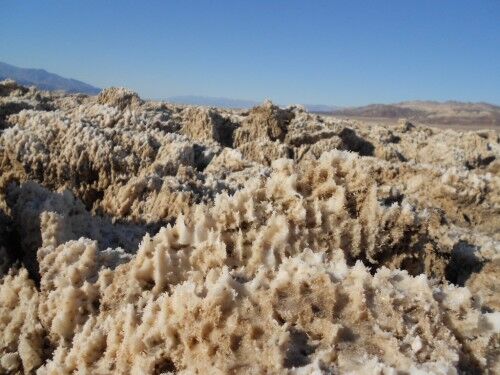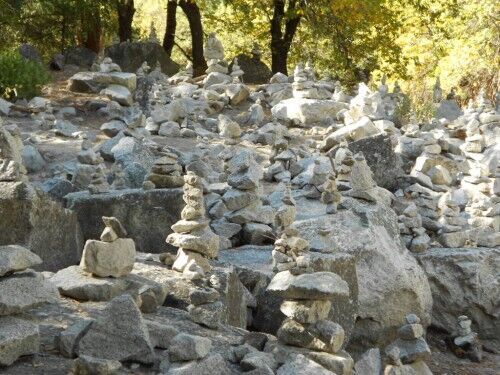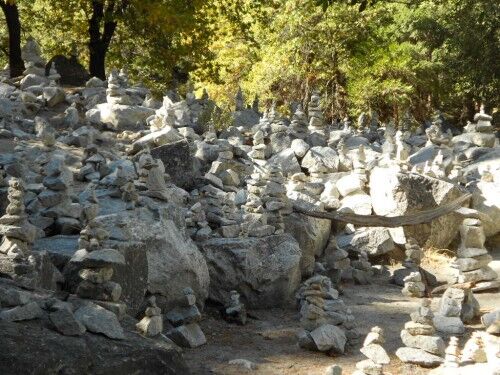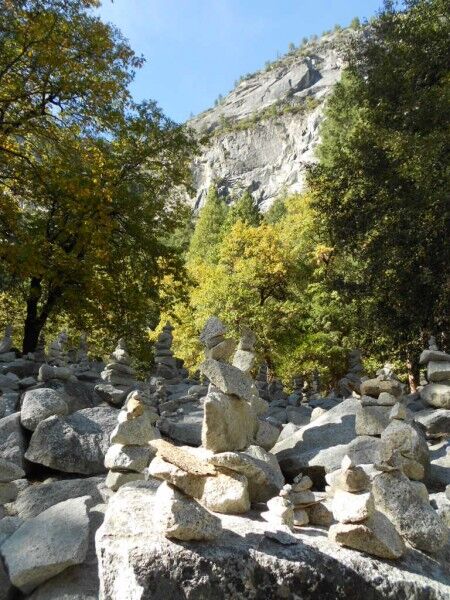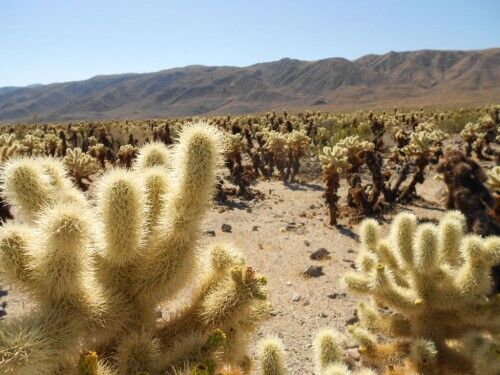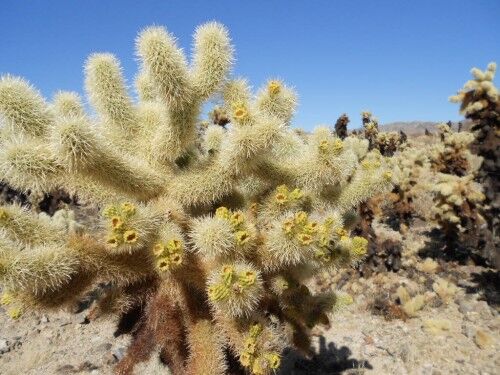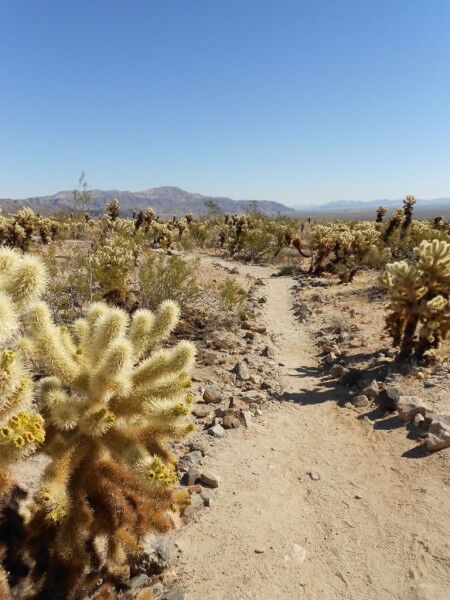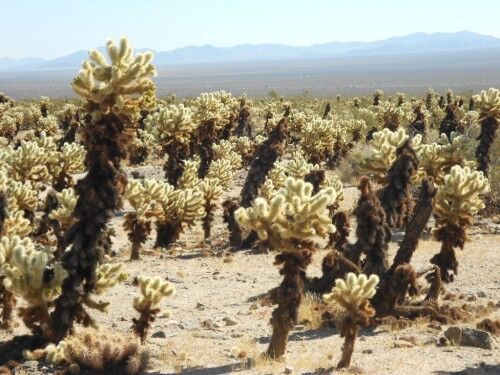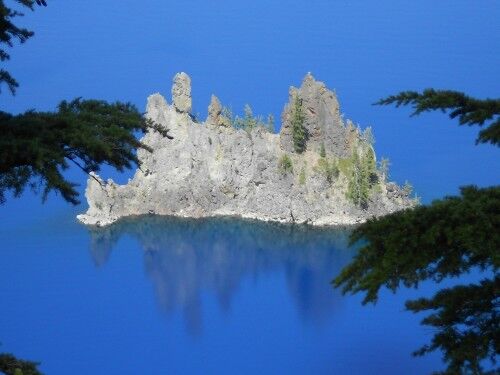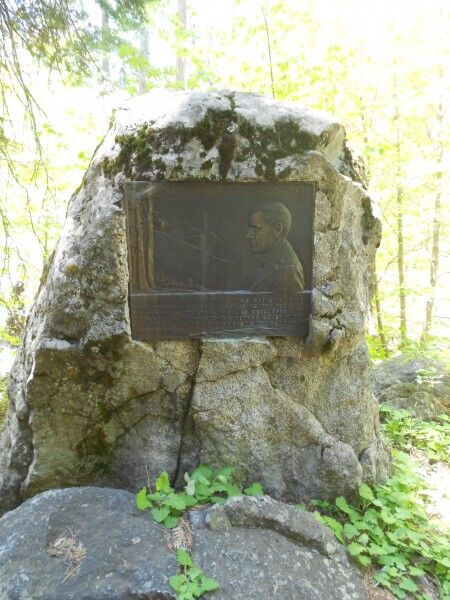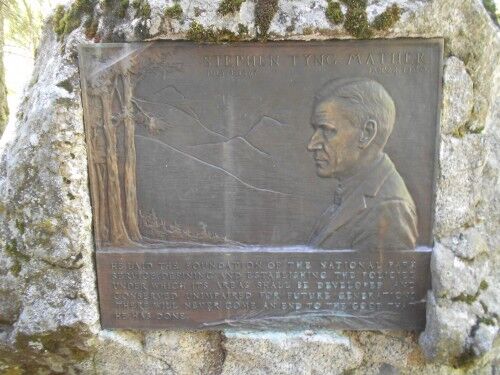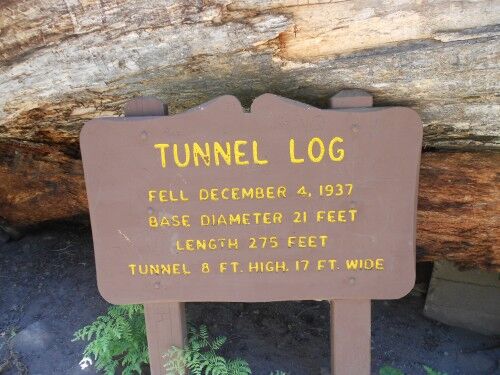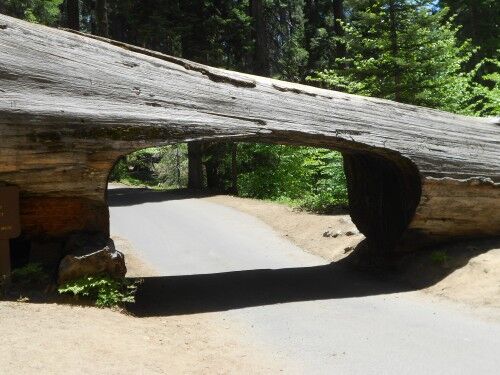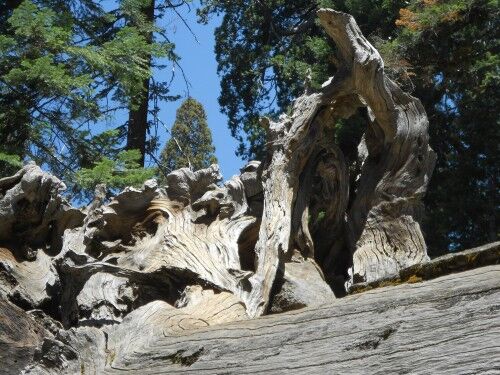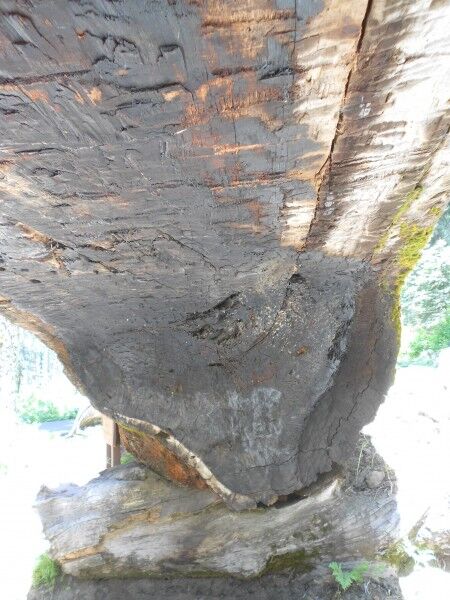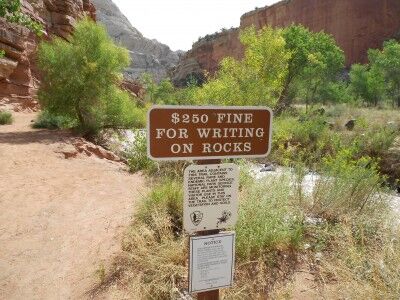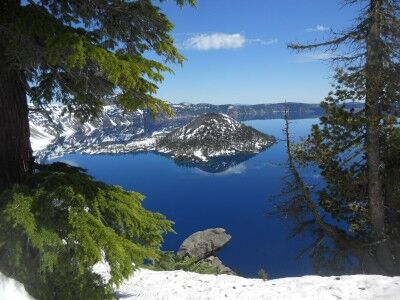While nearly everyone that visits San Francisco makes sure to visit the Golden Gate bridge, they often miss the other scenic areas of Golden Gate national Recreation Area that they certainly would want to see if they were a little better informaed and knew were just a few miles away. One of these is the Point Bonita lighthouse and hike.
While the main goal of doing the short hike to make your way to Point Bonita Lighthouse and the new Point Bonita lighthouse bridge, you should certainly slow down a bit and not make a beeline for the lighthouse. Taking your time will allow you to take advantage of the beautiful sights along the way. There are plenty of gorgeous views of the California coastline at the Marin Headlands, along with an abundance of wonderful plant life and trees which make for some incredible photographic opportunities:
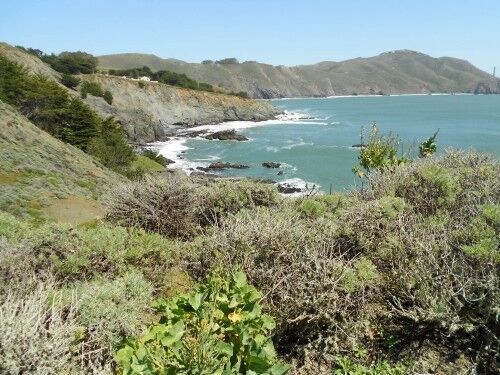
This includes some beautiful views of the Golden Gate Bridge that many visitors to San Francisco never see:
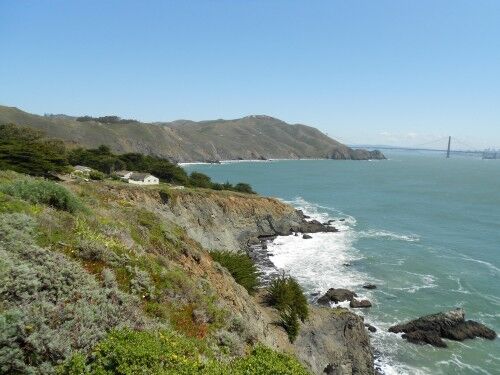
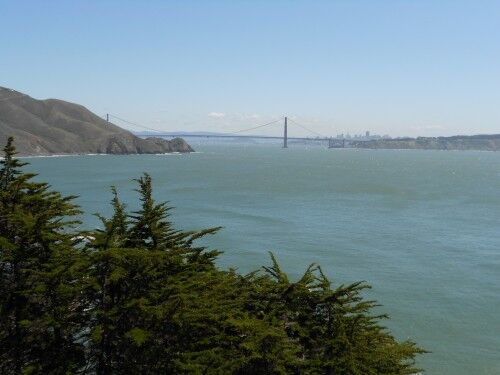
The trail definitely is not flat with a hill that you descend (and thus must climb back up on the way out), bit it is paved and is wheelchair accessible:
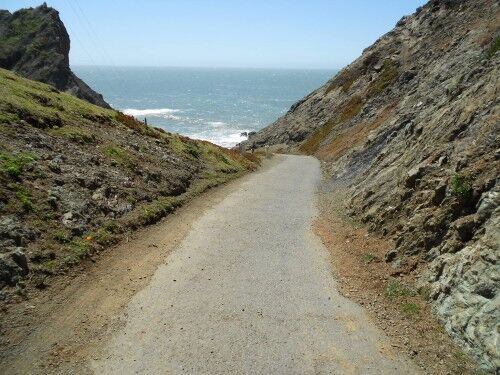
In addition to the beautiful views, there is also the opportunity to see wildlife such as harbor seals basking on the rocks just offshore below the cliffs:
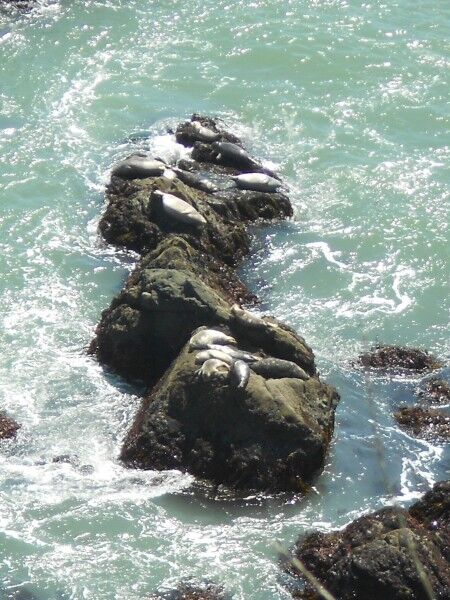
Toward the end of the trail you reach a tunnel that you must go through to reach Bonita lighthouse. When the lighthouse is open to the public (Saturdays, Sundays and Mondays from 12:30 PM to 3:30 PM), the tunnel is open. When the lighthouse is closed, there is a steel door that blocks you from entering which also means that you can’t see the lighthouse even from a distance:
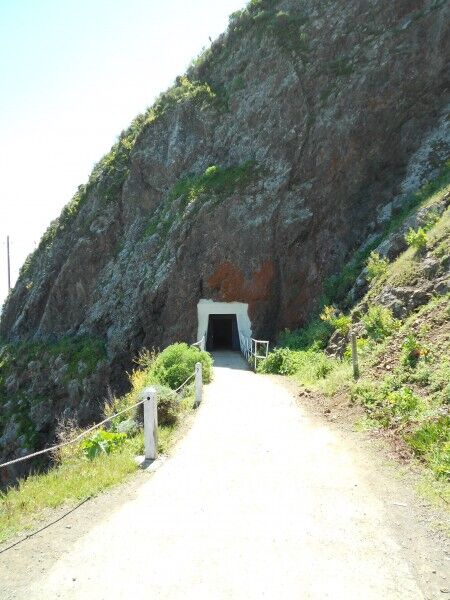
Once you make it through the tunnel, you emerge to see this breathtaking sight:
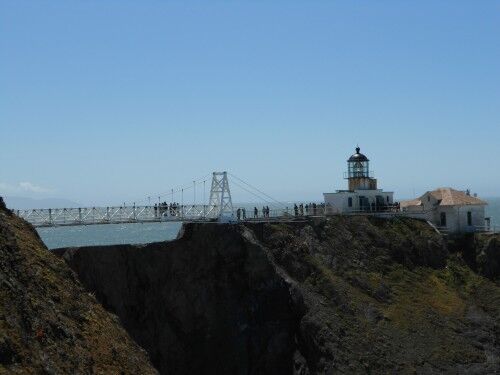
If you have the opportunity to visit San Francisco, make sure that you give yourself at least a full day to explore some of the lesser known areas of Golden Gate National Recreation Area…

